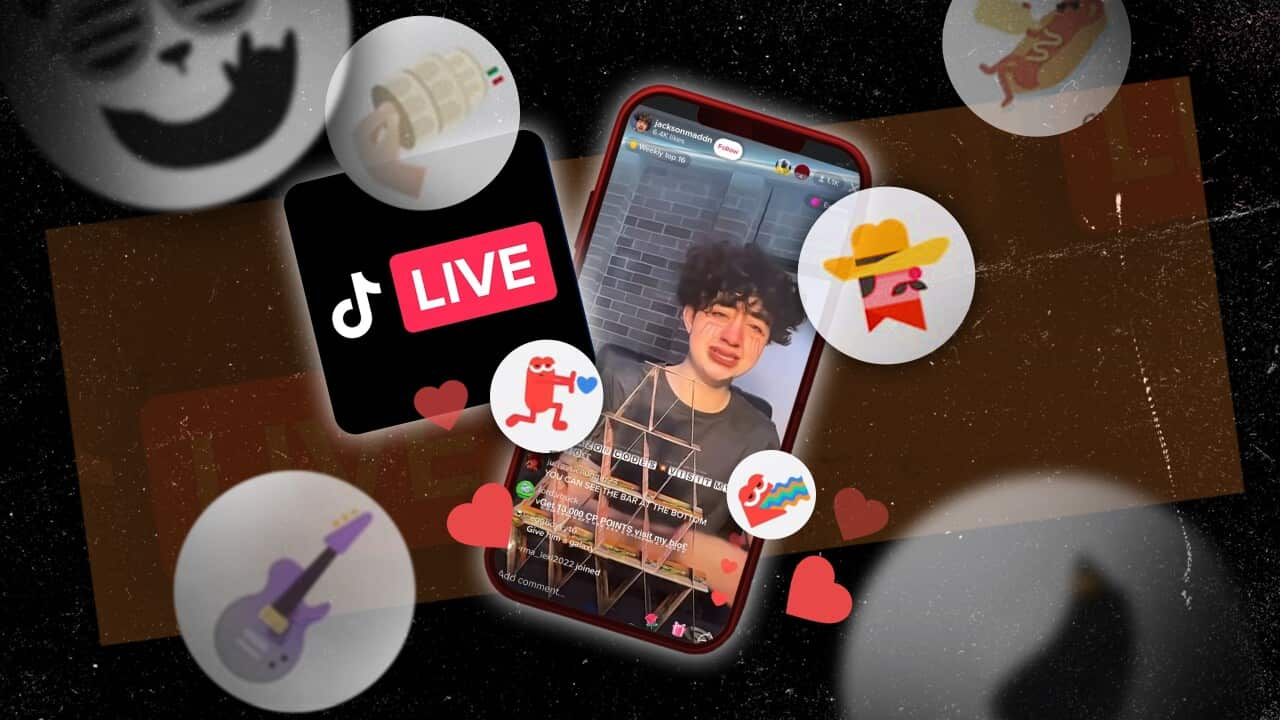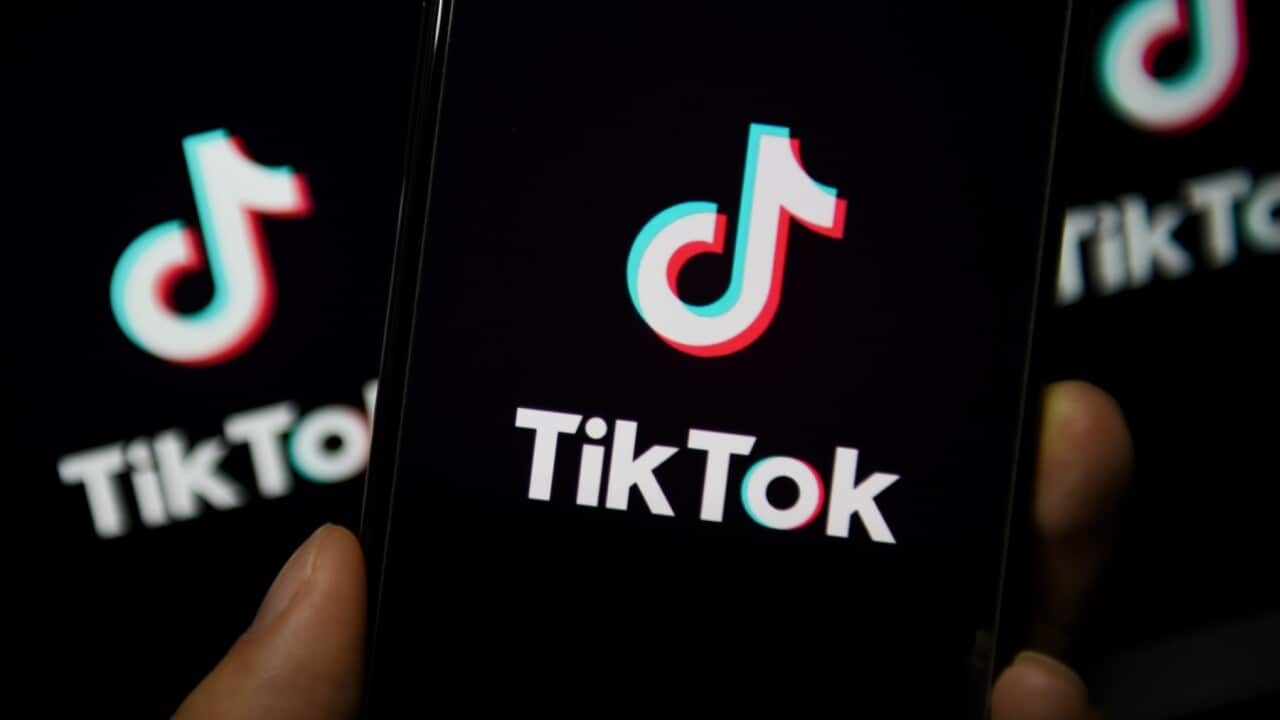Key Points
- TikTok has banned and removed a number of accounts, which stream Syrian families asking for "gifts" on the platform
- While the platform bans "begging," the move poses questions about the feature.
"Send me gifts, send me gifts," they ask strangers on the internet.
Sometimes they’re on their knees, rocking back and forth with their hands together in a refugee camp.
Other times they're playing a game or doing some other "climactic" task that they won't finish until they're satisfied with the number of gifts they've received.
The gifts, in turn, are converted to money.
It’s a scene that will be familiar to users who have been on TikTok for long enough.
Seeking money on TikTok or "begging" for donations on live streams, as it is sometimes called, has raised questions - including: what do we know about the process, and how do we decide who gets to do it?
How people make money on TikTok Live
TikTok users over the age of 16 with at least 1000 followers are given the option to 'go live'.
Live streaming offerings can vary widely. Some creators stream DJ sets, others film themselves putting makeup on or gaming. Others answer questions that viewers have asked in the chat below the stream.
During a live stream, viewers over the age of 18 can send gifts “to show appreciation toward their favourite creators,” TikTok states. These virtual gifts cost real money.
Once a streamer gets enough virtual gifts, they accrue virtual diamonds which can be cashed out via PayPal.
Until December 2019, viewers as young as 13 were able to send virtual gifts to their favourite creators.
After public outcry, which said some teenagers were "pressured" by prompts to send the online personalities "gifts", TikTok raised the age to 18.
TikTok does not publicly share details of how revenue from live streams is distributed, but a substantial percentage of the sum is taken by TikTok. Popular creators are rewarded with a bigger share of this.
found Syrian children in refugee camps were spending hours on streams asking for "gifts" or money.
It found almost 70 per cent of the takings went to TikTok.

A still from a TikTok live featuring a Syrian family said to be streaming in a refugee camp. Credit: Mister Paddy TikTok
Ms Abidin, who is an Associate Professor at Perth's Curtin University and founder of The TikTok Cultures and Research Network said: "Anybody who knows anything about social media should not be surprised that platforms take a cut. There is always revenue share.
"But there is a question of ethos, whether for specific incidents, for example, people streaming in war-torn countries, whether the platform wants to consider suspending their revenue or donating that."
Who gets to be called a content creator versus a 'beggar'?
After TikTok became aware of the streams and videos of Syrian refugees - both adults and children - asking for gifts, the platform removed the "deeply concerning" material. A number of accounts have since been suspended.
"We have taken prompt and rigorous action to remove the accounts that violated our Community Guidelines," TitkTok said in a statement to The Feed.
"This type of content is not allowed on our platform, and we are further expanding our global policies around exploitative begging."
While its community guidelines prohibit "exploitative begging", no clear definition is given.
But Ms Abidin said the recent discourse opens up a bigger conversation on how viewers distinguish "gift-giving" compared to "charity".
"It's quite clear that there is racism and colourism in how we respond to requests or appeals for philanthropy," she said.
During the height of the pandemic, Ms Abidin said viewers were much kinder to stranded backpackers compared to stranded international students, despite both streaming similar content on TikTok, sharing their experience of living in poverty.
Ms Abidin adds that the distinction between "content creation" and "begging" may not be as distinct as some might expect. She told The Feed there are a number of factors at play, including cultural differences.
"It's a sign of respect to the viewer (to kneel before them) because you're appealing to the viewer. It's a sign of humility," she said, referring to videos of Syrian refugees kneeling on camera.
Ms Abidin said she saw similar themes and pleas in videos from other creators sharing their hardships, including videos featuring homeless families. Children are featured in these videos too, she adds.
In other spaces like YouTube, children often "cry on camera" in internet-famous families, when deals fall through.
"Technically, that's also 'begging'. The kids are also put in a compromised position to share their vulnerable emotions to appeal for help," said Ms Abidin.
"But we don't call them beggars, people think of it as crowdsourcing, philanthropy or charity."











